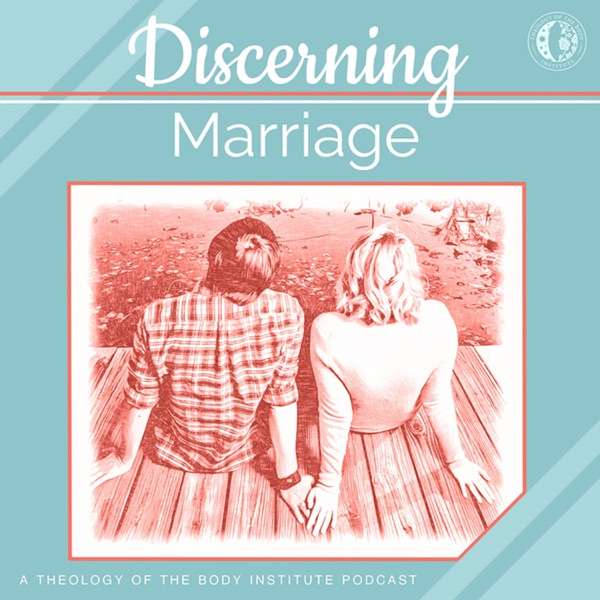1. Through His Life and Example (The Model)
Jesus’s life, as recorded in the Gospels, provides a perfect, living model for Christian conduct, character, and priorities. He modeled:
- Servant Leadership: By washing His disciples’ feet, He taught that true greatness comes through humble service (John 13:1-17).
- Integrity and Action: He matched His words with His deeds, demonstrating honesty, courage, and faithfulness in every situation.
- Prayer and Devotion: He consistently withdrew to pray, showing the necessity of a constant, personal relationship with God the Father.
- Compassion and Love: His interactions with all people—the poor, the sick, the outcast, and His followers—demonstrated unconditional love and grace.
Christians are called to “put on the Lord Jesus Christ” and to be “imitators of God, as beloved children” (Romans 13:14; Ephesians 5:1).
2. Through His Teachings (The Instruction)
Jesus’s teachings provide the foundational wisdom, principles, and vision for Christian life and maturity.
- The Scriptures: His words, recorded in the New Testament (especially the Gospels), and the rest of the Bible (which He affirmed), serve as the primary source of instruction and guidance. The Bible is used for “teaching, rebuking, correcting and training in righteousness” (2 Timothy 3:16-17).
- Casting Vision: He cast the vision of the Kingdom of God, inspiring His followers with a greater possibility for their lives (e.g., the Sermon on the Mount, Matthew 5-7).
- Deliberate Coaching: He challenged and held His disciples accountable, providing specific coaching on their behavior and beliefs.
3. Through the Holy Spirit (The Presence)
After His ascension, Christ sent the Holy Spirit, who acts as the believer’s immediate, ever-present guide and coach.
- The “Helper” or “Comforter”: Jesus promised the Holy Spirit would “teach you all things and bring to your remembrance all that I have said to you” (John 14:26).
- Spiritual Transformation: The Spirit conforms believers to the likeness of Christ (sanctification), continually working to develop Christlike character.
- Guidance and Conviction: The Spirit guides Christians in daily decisions and convicts them of sin, prompting a return to righteous living.
4. Through the Church (The Community)
Christ established the Church (the Body of Christ) to continue His work and facilitate growth.
- Delegated Authority: Jesus commissioned His followers to “go and make disciples,” which is the essence of mentoring (Matthew 28:19-20).
- Spiritual Gifts and Leaders: Christ gave gifts to the church (apostles, prophets, evangelists, pastors, teachers) “to equip the saints for the work of ministry, for building up the body of Christ, until we all attain to the unity of the faith and of the knowledge of the Son of God, to mature manhood, to the measure of the stature of the fullness of Christ” (Ephesians 4:11-13).
The post Jesus Christ as a Mentor with Dwain Schallenberger 971 appeared first on The Cultural Hall Podcast.

 Our TOPPODCAST Picks
Our TOPPODCAST Picks  Stay Connected
Stay Connected







